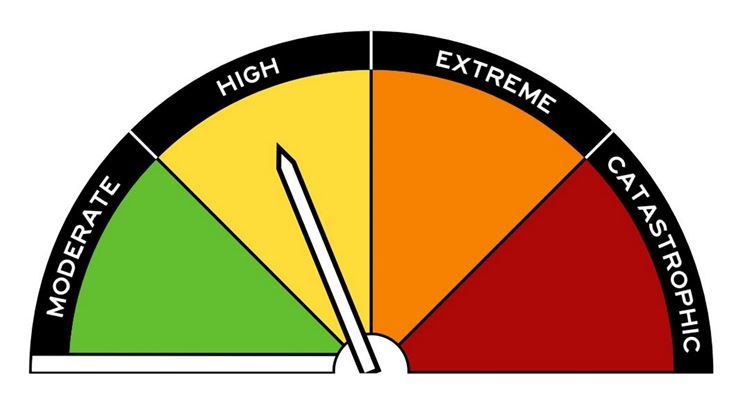The Australian Fire Danger Rating System: what’s changed, why and where to next?

It’s been 18 months since the overhauled Australian Fire Danger Rating System (AFDRS) came into effect across the country. The system uses four levels to rate the potential danger should a bushfire start, helping communities make timely decisions and take action to stay safe.
Executive Director Rural Fire Division Murray Carter recently sat down with independent news site Particle to discuss the improved AFDRS.
The fascinating interview delves into the 60-year history of the AFDRS categories, the catalyst for the change, and the system’s adaptability for the future.
About the AFDRS
Backed by recommendations from two Royal Commissions and improvements in science that have increased the ability to predict fire behaviour more accurately, the overhauled AFDRS is simpler, clearer, and could save your life.
The AFDRS has four rating levels – reduced from six – each with a message to encourage you to act. The white bar under Moderate indicates No Rating for days where no proactive action is required by the community.
Know your fire danger rating
Along with your bushfire plan, understanding the fire danger rating (FDR) means you will know what to do if a fire starts. To check your local FDR, visit emergency.wa.gov.au.
Don’t have a bushfire plan? Make one today in just 15 minutes at mybushfireplan.wa.gov.au or by downloading the My Bushfire Plan app.

